Smart and Safe Shopping for Parent and Baby Items: A Guide
Shopping for your baby and yourself for the first time can be a daunting task for many first-time parents — but it doesn’t have to be!
Here’s a quick and Comfy guide to smart and safe shopping for baby and parent items.
1. Research and plan ahead
Before you hit the stores or start browsing online, do some homework first. Come up with a checklist of items you’ll need, and research a few brands and products. Check out the online reviews, and ask around for recommendations.
2. Read the reviews
On that note, turn to reviews to make informed decisions. Online reviews and testimonials from other parents can provide valuable insight into the quality, durability, and even the practicality of various baby items.
3. Set a budget
Once you’ve gotten your list of essentials down, it’s time to set a budget. Prioritize the items you need over the things you want, and stick to your budget when shopping for your items. This will help prevent overspending and allow you to save up for items you want later.

Image by nancyl21
4. Choose reputable retailers
Shop from well-known and reputable retailers, either in-store or online. Make sure the retailer has quality products and good customer service. But if you’re shopping online, check for secure payment options and reliable return policies.
If you’re looking for a brand to rely on, come to ComfyBumpy. Our products are dedicated to creating a more harmonious home while prioritizing your baby’s safety. We also want to help simplify the parenthood journey and increase your well-being over time.
5. Safety standards
When buying baby items, always check if they meet safety standards. Look for certifications and labels that indicate compliance with safety regulations. For example, cribs and car seats should adhere to safety standards set by relevant authorities.
6. Check for recalls
Before purchasing any baby item, search for recalls related to the product or brand. The Consumer Product Safety Commission (CPSC) regularly releases information on recalled products. Avoid items that have a history of recalls.
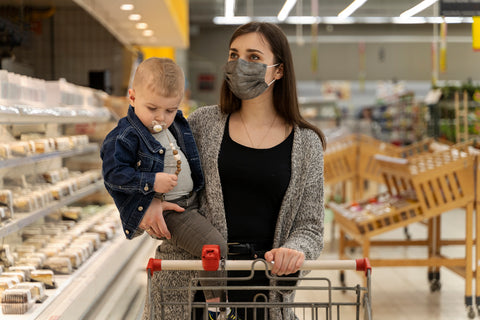
Image by freepik
7. Test products in-store
If possible, visit a physical store to test baby products, such as strollers, car seats, and cribs. This allows you to check for ease of use, safety features, and overall comfort.
8. Buy age-appropriate items
Make sure the items you purchase are age-appropriate for your baby. Follow the manufacturer's recommendations and avoid using products that may pose risks to younger infants.
9. Babyproofing
When shopping for baby items like gates, locks, and electrical outlet covers, prioritize products that enhance safety in your home. Babyproofing is essential to protect your child from potential hazards.
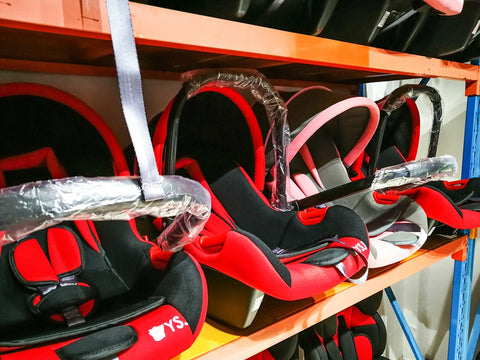
Image by ellinnur
10. Secondhand items
If you choose to buy secondhand baby items, inspect them thoroughly for safety and cleanliness. Ensure they meet current safety standards, and check for recalls. Always clean and disinfect secondhand items before use.
11. Organize and store safely
Once you've made your purchases, keep baby items organized and stored securely. This helps prevent accidents and keeps your home clutter-free.
Final thoughts
Parenthood is a journey, and by shopping wisely, you're taking a significant step towards a safe and happy experience for both you and your little one. Remember to budget, prioritize what you need, and look at the reviews and labels before buying.
-----------------------------------------------------------------------------------------------
Featured image by Gerain0812




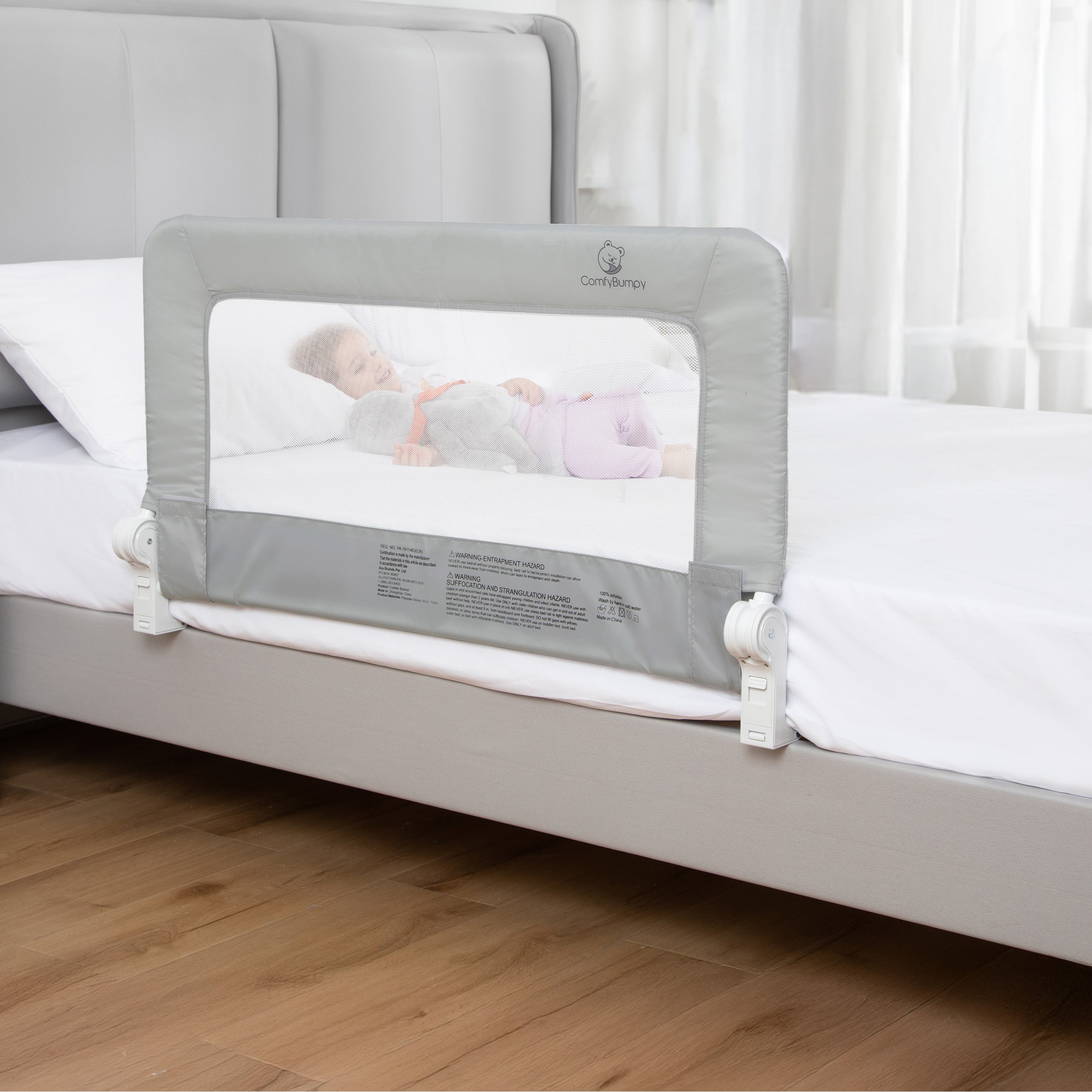
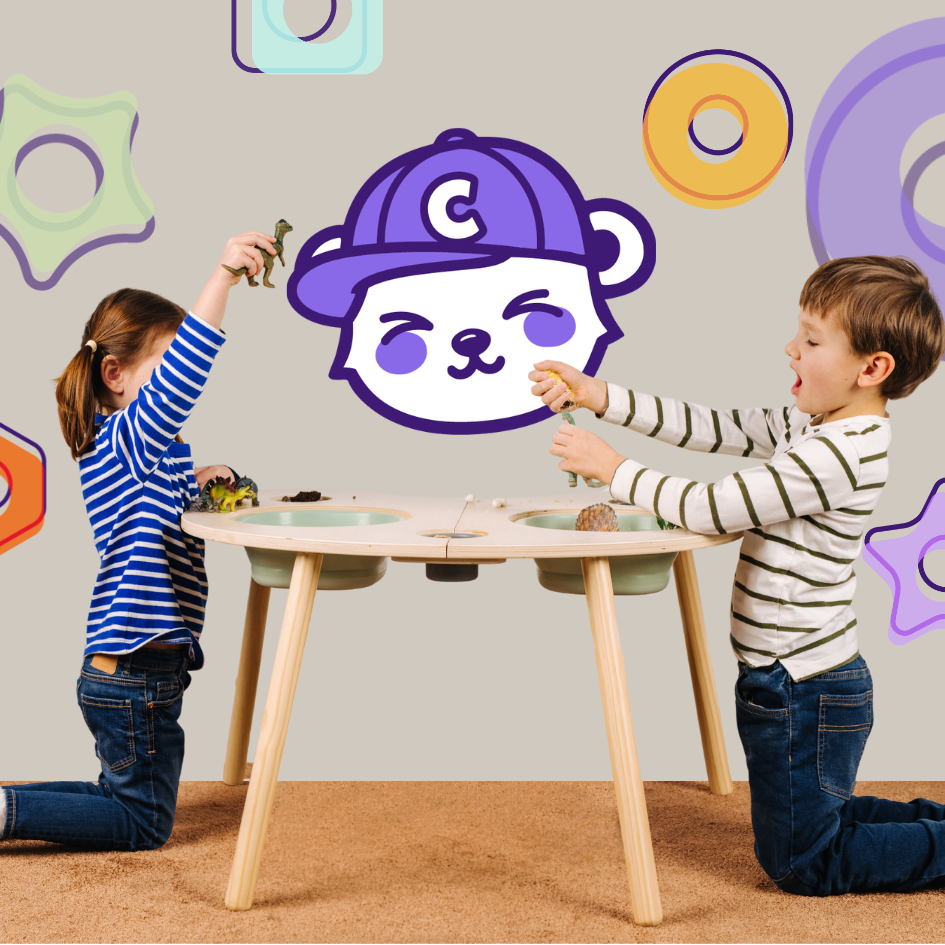
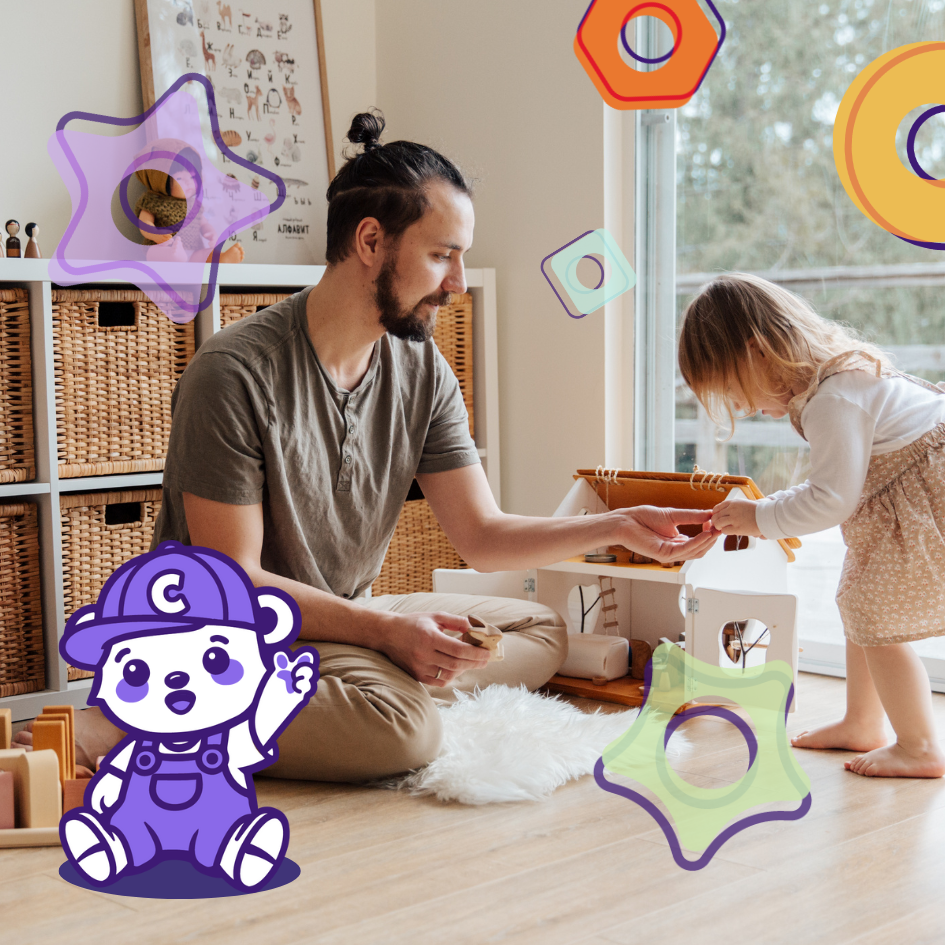
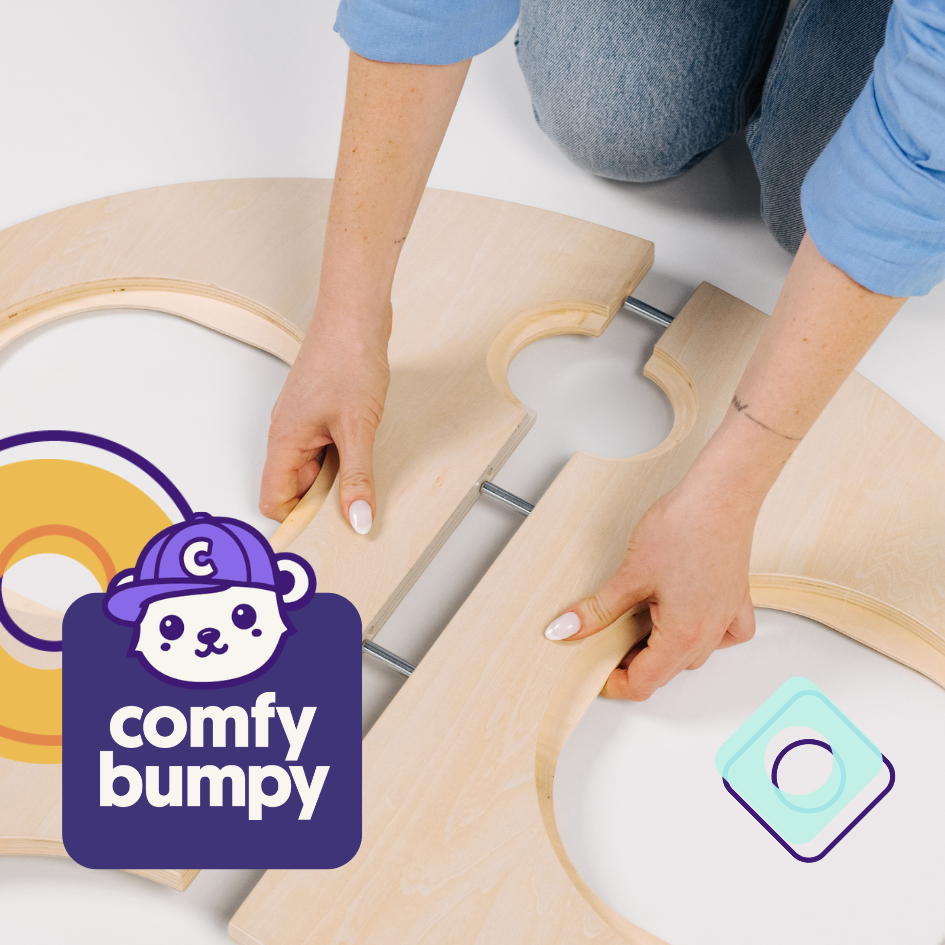
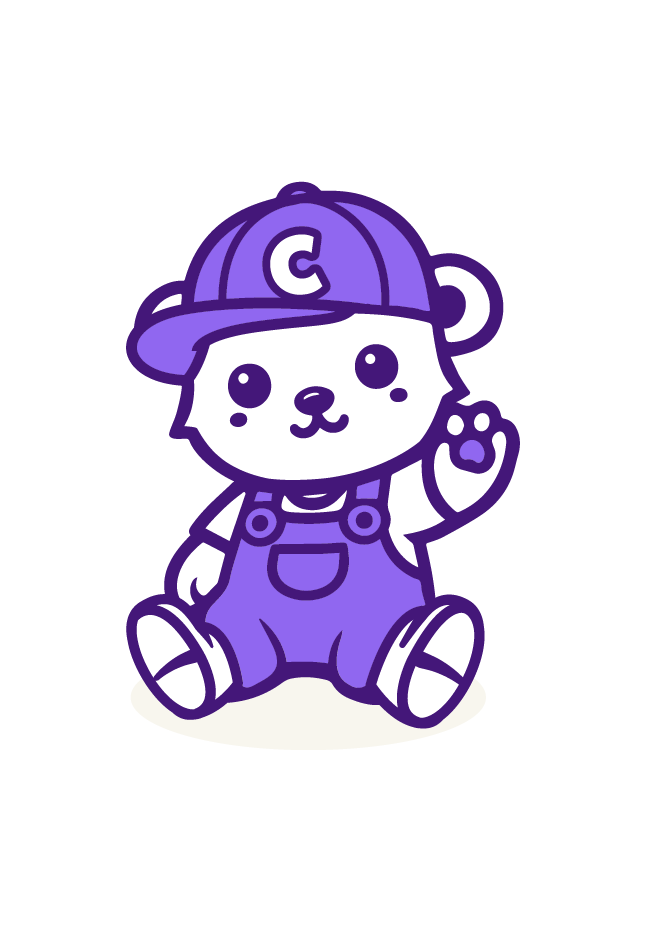
Leave a comment